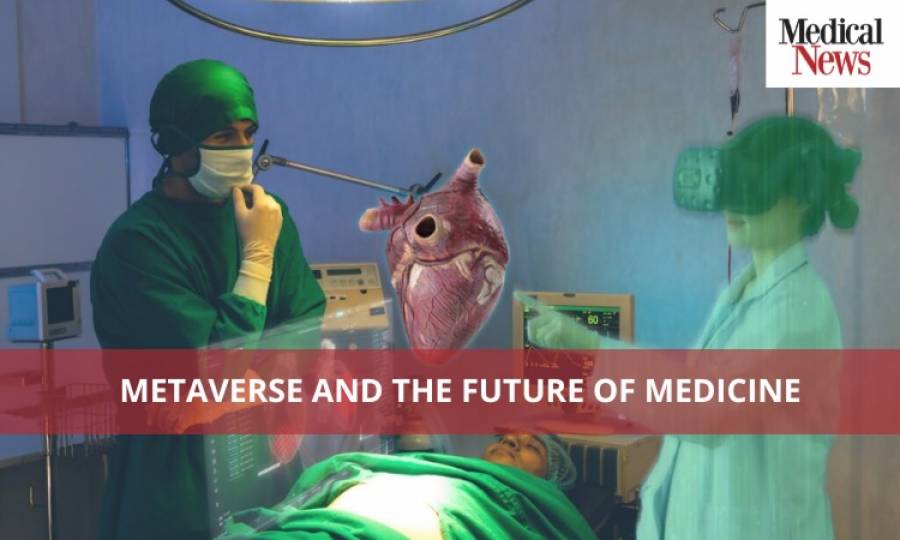Metaverse and the Future of Medicine

Metaverse is a newly emerging digital world in which a person has an avatar that can go to virtual places and interact with other individuals in real-time. This new space broadens several horizons previously restricted in the real world due to physical constraints.
The surgical residents of the University of Connecticut Health in Farmington got to experience the wonders of the metaverse when they were provided with virtual headsets. As orthopaedic surgeries were on hold due to COVID-19, this exercise allowed them to virtually experience such surgeries and gain a better perspective.
The doctors in training had their avatars in a realistic virtual operation theatre. They were able to use the surgical instruments through controllers and felt the changes in resistance when drilling the bone. They could take off layers of skin to have a better view of the bone underneath too. Additionally, feedback was provided through the training modules on how well they performed procedures and tracked their progress.
The Game Changer
Previously, the approach in medical settings was always to see, practice, and then teach others. With metaverse, doctors in training can practise whenever and wherever, with feedback from experts. It also gives them exposure to rare surgeries which they may not encounter in real life. Digital environments, like the metaverse, are gaining popularity and have become more common in surgical residency programs in the U.S.
The New Trend
Gartner, an industry trends analyst, released a report predicting that a quarter of the world’s population will spend a minimum of an hour on the metaverse by 2026 for work, entertainment, education, shopping etc.
Experts say that with wearable technology, people’s vitals can be monitored constantly and their doctors can be sent the most up-to-date data. This will help in maintaining electronic health records which doctors can refer to while planning treatment. Parameters can also be set so that when values increase or decrease compared to a certain threshold, doctors may be notified and give preventative care. People may also be more involved in their care due to real-time data.
Virtual Tools
Emergency responders have been collaborating with clinicians and learning about virtual tools. Learners may use stethoscopes while they see the anatomy under the chest on a screen and hear sounds, rather than having to imagine them. Moreover, doctors have also used goggles to detect the visual responses of patients who have vision problems. This allowed them to conduct tests from home.
Clinical Trials
Many of the problems linked with clinical trials, such as lengthy questionnaires and lack of follow-up, may be resolved through technology. Virtual assistants could be utilised for finding out about new trials, filling out questionnaires, reminders, and recording accurate information. These will also help to minimise dropout rates and improve participation. Although, maintaining equitable access will be essential moving forward since not everybody can afford such state-of-the-art technology.
Trending
Popular
Sindh pledges vigorous action to prevent poliovirus transmission
-
PMA stresses health equity on World ...
04:08 PM, 9 Apr, 2024 -
Dow University’s new rabies vaccine ...
12:18 PM, 28 Mar, 2024 -
IRD role lauded in advancing ...
02:53 PM, 12 Mar, 2024 -
Over one billion people worldwide ...
09:48 AM, 5 Mar, 2024




